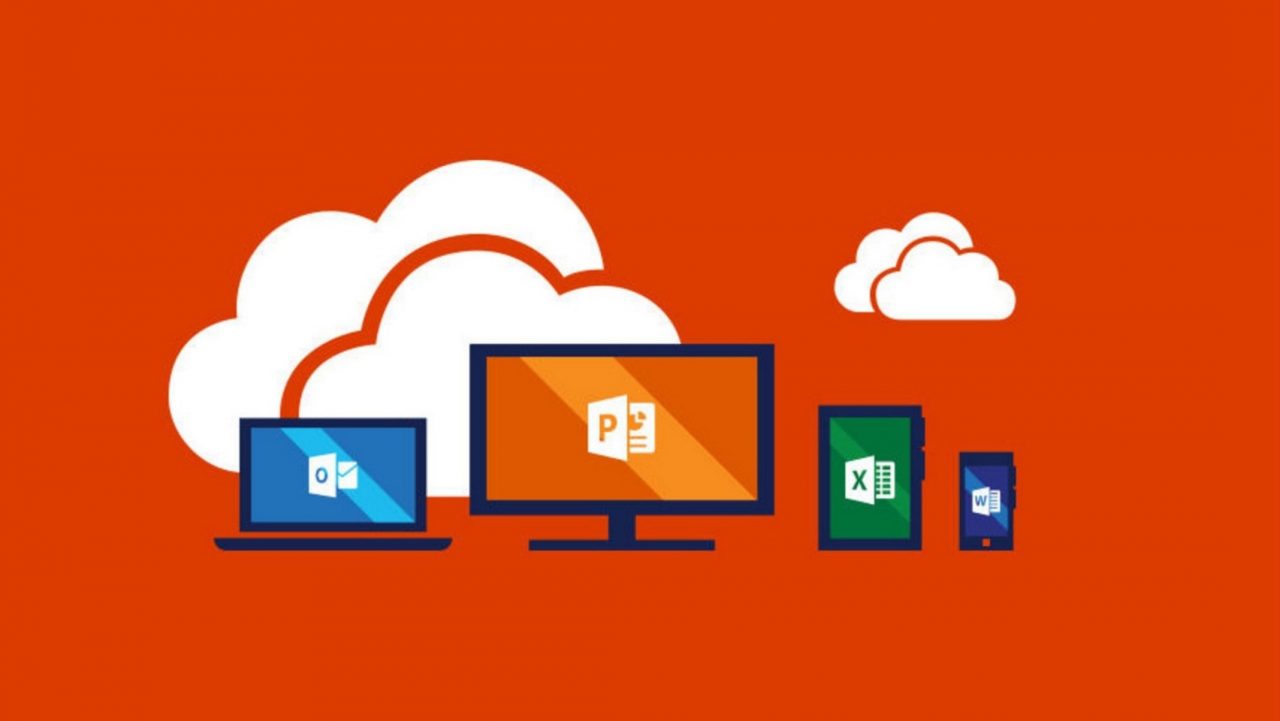Everything you need to know about Office 365 – December 2018

Teams People, Teams. I start this month’s article off with two articles about Microsoft Teams. Why? Because I keep remind you (and me) that Microsoft wants this to be a major part of our Office 365 experience, so we have got to embrace it. It is growing quickly and touches everything that we love. So, quit ignoring it. After that there is talk of Artificial Intelligence, licensing updates, and Power BI getting a better admin experience. Not too heavy on the news this month. If you want heavy go look at the SharePoint stuff. Those guys were busy! Happy New Year.
Microsoft talks about rolling out Teams internally
In the early days of SharePoint these were some of my favorite posts. Where Microsoft pulled back the curtain and showed you how they ran one of the world’s largest deployments. Well, they have kept that proud tradition alive with a focus on their rollout of Microsoft Teams to 220,000 people and counting. They talk governance mostly here and how they really just built on their governance plan for O365 instead of reinventing the wheel. A good read as you think about how you are going to roll Teams to your company.
Teams passes up Slack
As they predicted, a survey by Spiceworks shows that Teams passed up Slack for the number of companies using it by the end of 2018. As a self-proclaimed hater of Slack, this makes me very happy. Now as with any of this type of stuff you have to look at the specific angle they took in their survey and honestly it probably doesn’t tell us much of anything. Still, I like numbers and trends. And the trends say. Teams is coming on fast. Also, of interest you can see the decline in Google’s Hangouts chat tool, and some tool Facebook has that I had never heard of. Will be interesting to see if Slack takes out a full-page ad to poke the Microsoft bear again.
Also, make sure to check out everything Tony covered this month for Office 365 too.
Microsoft using their own O365 data to fuel AI and ML
It is no secret that the machines are coming. Artificial Intelligence and Machine Learning are some of the hottest technologies and will continue to be until SkyNet tells us otherwise. One of the biggest hurdles is you have to provide oodles and oodles of data to the machines for them to learn. Well, Microsoft, one of the world’s biggest and most valuable companies, figured out how to solve that problem. Use their own employee data. In this article, Brad Sams talks about an internal announcement at Microsoft about their plans. This tells me they are getting real serious and real close with taking this tech from a cool idea to a game changer. Should be interesting to see how this plays out in 2019.
Licensing updates for Microsoft Flow and PowerApps
In this article, on the Office Retirement Blog, Chris talks about a few upcoming changes for PowerApps and Flow. While there are a few tidbits there, I want to focus on the licensing updates. While it reads like a major change, I see it more as clarity. The PowerApps and Flow license for Office 365 was always intended to let you use them to extend and enhance Office 365, and that is what they do. All of the connections for enhancing and working with external services was always part of the paid licenses. So all of the standard disclaimers here about me not being a licensing expert but if you are using PowerApps and Flow probably something good for you to check out. The license updates happen in January, but there is also a grandfather period.
Power BI brings Workspace Management to the admin portal
Hooray. In this blog post Kay talks about the previous release of PowerShell for managing Power BI and how now most of the common admin tasks are now available via the admin portal as well. The feature is in preview now but a much-needed addition. I personally love PowerShell, but for many administrators, especially the new ones, managing O365 assets in PowerShell is a bit above their current skills. Kudos to the Power BI team for enabling them. I look forward as these tools make their way into other admin portals within Office 365.



